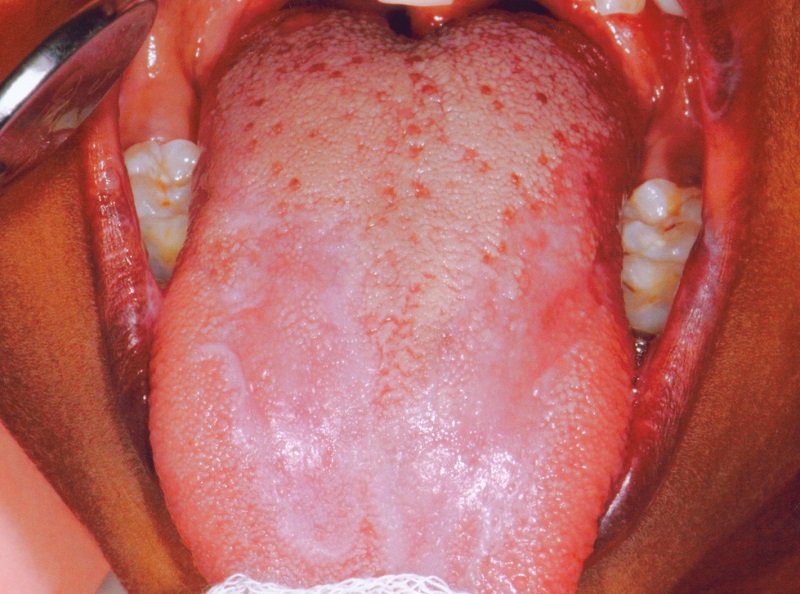
7 Most common oral diseases
In our mouth, there are more oral diseases in addition to those that affect the teeth. It is a set of alterations of the hard and soft tissues, the mucosa, the tongue, and structures such as the salivary glands, the maxillary bones, and the facial muscles. These injuries cause discomfort to bite, chew, swallow, talk and even sleep.
Here we write 7 most common oral diseases
What they owe?
 Some are presented by exposure to risk factors that can be prevented and are related to lifestyles of people such as smoking, frequent consumption of alcohol, not having a healthy diet or balanced and poor oral hygiene.
Some are presented by exposure to risk factors that can be prevented and are related to lifestyles of people such as smoking, frequent consumption of alcohol, not having a healthy diet or balanced and poor oral hygiene.
They can also be due to repetitive trauma such as repeatedly biting an area, infection by viruses, fungi or bacteria, the action of dental prostheses and others that are autoimmune.
Read this article: Sensitive teeth: Natural remedies to alleviate discomfort
Oral cancer
It is more frequent in men. Although it mainly occurs in mucous membranes and the tongue, it also affects the palate, gums, salivary glands and the floor of the mouth.
Initially, it does not hurt, but the person begins to notice that he is speaking differently because the tongue starts to have a tumor or has difficulty swallowing.
When treatment is diagnosed early, it is feasible, although the sequelae are large because quite extensive surgeries are needed, often including the removal of an important part of the tissues of the mouth.
Lichen planus
 It is the most common inflammatory oral disease in mucous membranes and affects mainly adults. It is unknown what causes it, but it is not transmitted from person to person.
It is the most common inflammatory oral disease in mucous membranes and affects mainly adults. It is unknown what causes it, but it is not transmitted from person to person.
In some people it manifests as whitish and reticulate spots, which usually do not show symptoms; and in others, ulcers are formed that generate burning, pain, bleeding and irritation with activities such as brushing, chewing, swallowing and even talking. These spots usually appear on the inside of the cheeks, gums, internal tissues and palate.
It is a chronic condition for which a control treatment is provided, and in addition, it needs periodic monitoring to show changes over time and rule out premalignant lesions that may progress to oral cancer.
Thrush
They begin as a white protuberance surrounded by a reddened area that after a few days progresses to painful ulcerations and needs attention.
Sometimes they disappear on their own and do not recur, but there are patients who present them frequently and need a study of the possible causes associated and what treatment can be given. They can be autoimmune or arise from trauma by repetition, for example, biting the cheeks or other areas of the oral cavity.
Herpes labialis
 They are painful sores that form on the lips and skin around the mouth, which causes the herpes simplex virus type 1. This virus is transmitted from person to person, either through sexual contact, manipulating elements contaminated by the virus or touching the ulcers.
They are painful sores that form on the lips and skin around the mouth, which causes the herpes simplex virus type 1. This virus is transmitted from person to person, either through sexual contact, manipulating elements contaminated by the virus or touching the ulcers.
In many cases, the lesions disappear without the need of treatment between one or two weeks, after a period of time, they present periods of exacerbation associated with stress or exposure to sunlight or the immunological condition of the patient.
Injuries from the use of removable dentures
Due to the prolonged use of these devices, age, breakdowns or poor adaptation, mainly the elderly can present two oral diseases in their mouth: tissue augmentation and subprosthetic stomatitis.
The first consists in a slow enlargement of the connective tissue in response to the constant action of the dental prosthesis. For this, you can resort to surgery to remove the tissue and change the prosthesis.
The second is a chronic inflammation of the mucosa that supports the removable prosthesis. One of the main reasons to present is the presence of candidiasis in the absence of good oral hygiene or stay a long time with the prosthesis and even sleep with it.
Tumors
 They are associated with the tissues that surround the tooth and most are benign, but they are locally aggressive because they can grow and compromise a vital structure or the maxillary bone. Because of this, it is necessary to make wide resections with important squeals.
They are associated with the tissues that surround the tooth and most are benign, but they are locally aggressive because they can grow and compromise a vital structure or the maxillary bone. Because of this, it is necessary to make wide resections with important squeals.
If you know more about oral diseases, please share with us and you like this article please must share your friends and family to prevent oral diseases.
We also recommend reading this article: http://ezhealthinsurance.org/yellow-teeth-put-avoid/
Thanks to reading to end the article and always stay with us!!



Average Rating